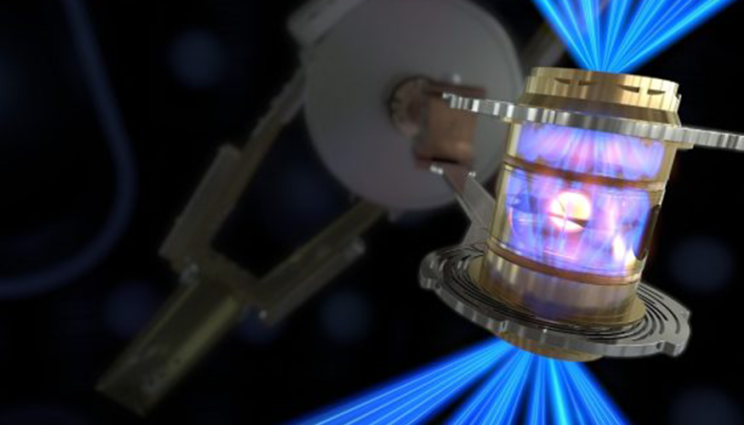Supercomputing’s critical role in the fusion ignition breakthrough
On December 5th, the research team at LLNL's National Ignition Facility (NIF) achieved a historic win in energy science: for the first time ever, more energy was produced by an artificial fusion reaction than was consumed—3.15 megajoules produced versus 2.05 megajoules in laser energy to cause the reaction. High-performance computing was key to this breakthrough (called ignition), and HPCwire recently had the chance to speak with Brian Spears, deputy lead modeler for inertial confinement fusion (ICF) at the NIF, about HPC’s role in making this fusion ignition a reality. Spears said there were essentially two pieces to their predictive capability. First, their fundamental design capability—using hundreds of thousands of lines of radiation hydrodynamics code to run massive simulations of fusion reactions on leadership-class supercomputers. Second: cognitive simulation, or CogSim. Read more at HPCwire.







